When it comes to logistics and transportation, the height of truck trailers is a topic that raises a multitude of questions. From loading and unloading constraints to regulatory limitations, understanding how tall a truck trailer can be is crucial for manufacturers, operators, and fleet managers alike. In this article, we’ll dive deep into various aspects of truck trailer heights, offering insights that are informative, practical, and essential for optimizing your transportation operations.
1. Standard Truck Trailer Heights
Truck trailers come in a variety of shapes and sizes, each suited for different cargo types and transportation needs. Here are the typical heights you might encounter:
| Trailer Type | Standard Height |
|---|---|
| Flatbed Trailers | 4.5 to 5.5 feet |
| Dry Van Trailers | 13.5 to 14.5 feet |
| Refrigerated Trailers | 13.5 to 14.5 feet |
| Tank Trailers | 13.5 to 14.5 feet |
| Step Deck Trailers | 10 to 11.5 feet |
1.1 Flatbed Trailers
Flatbed trailers are designed for transporting heavy loads that do not require a full enclosure. Typically, their height ranges from 4.5 to 5.5 feet from the ground, allowing for easy loading from the sides or top.

1.2 Dry Van and Refrigerated Trailers
Both dry van (standard enclosed trailers) and refrigerated trailers generally have a height of 13.5 to 14.5 feet. This height accommodates various cargo types, including furniture, packaged goods, and frozen or perishable items.
1.3 Tank Trailers
Tank trailers, utilized for liquids or gas transport, also hover around the 13.5 to 14.5 feet range. These trailers must adhere to strict height regulations to minimize the risk of accidents and improve aerodynamics.
1.4 Step Deck Trailers
Step deck trailers, often used for taller loads, feature a lower deck for easier loading of equipment and oversized materials. Their height usually ranges from 10 to 11.5 feet.
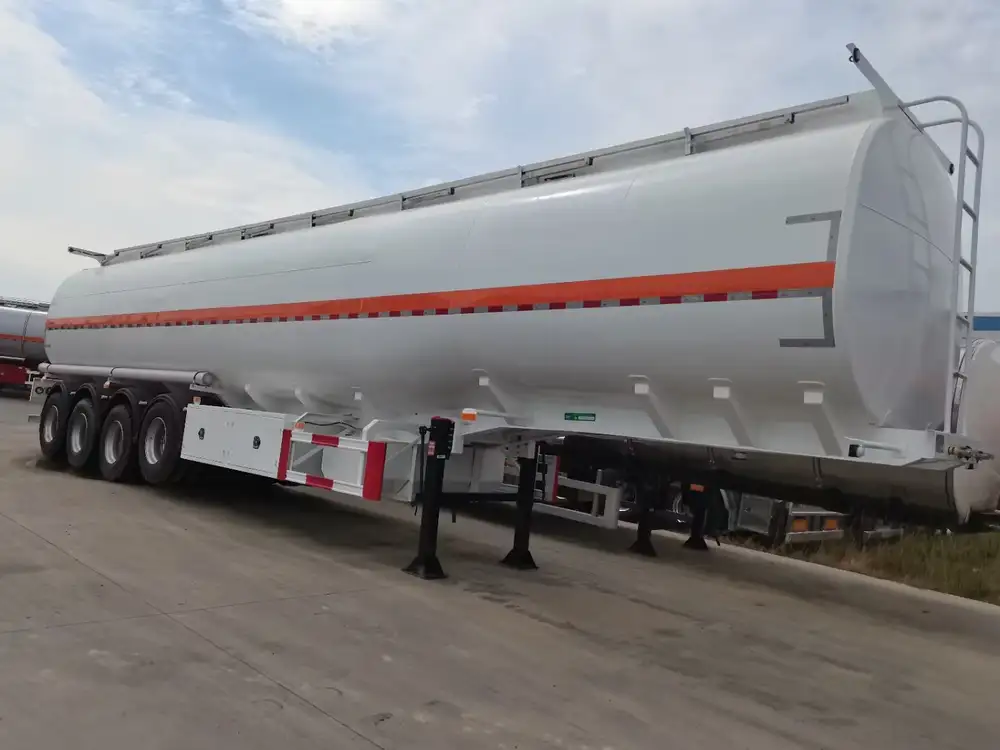
2. Legal Height Restrictions
Understanding legal height restrictions for truck trailers is imperative to avoid fines and ensure safety on public roads.
2.1 Federal Highway Regulations
In the United States, the Federal Motor Carrier Safety Administration (FMCSA) outlines specific regulations regarding the maximum height for commercial vehicles. The federal limit is typically set at 13.5 feet. However, this may vary between states, with some allowing heights up to 14.5 feet.
| State | Maximum Height |
|---|---|
| California | 14 feet |
| Texas | 14 feet |
| Florida | 13.6 feet |
| New York | 13.5 feet |
2.2 Considerations for Mezzanine Levels
When navigating urban environments with overpasses, bridges, or tunnels, it becomes essential to factor in local height restrictions and allowances. Routes that include low clearance areas can significantly affect your logistical planning.
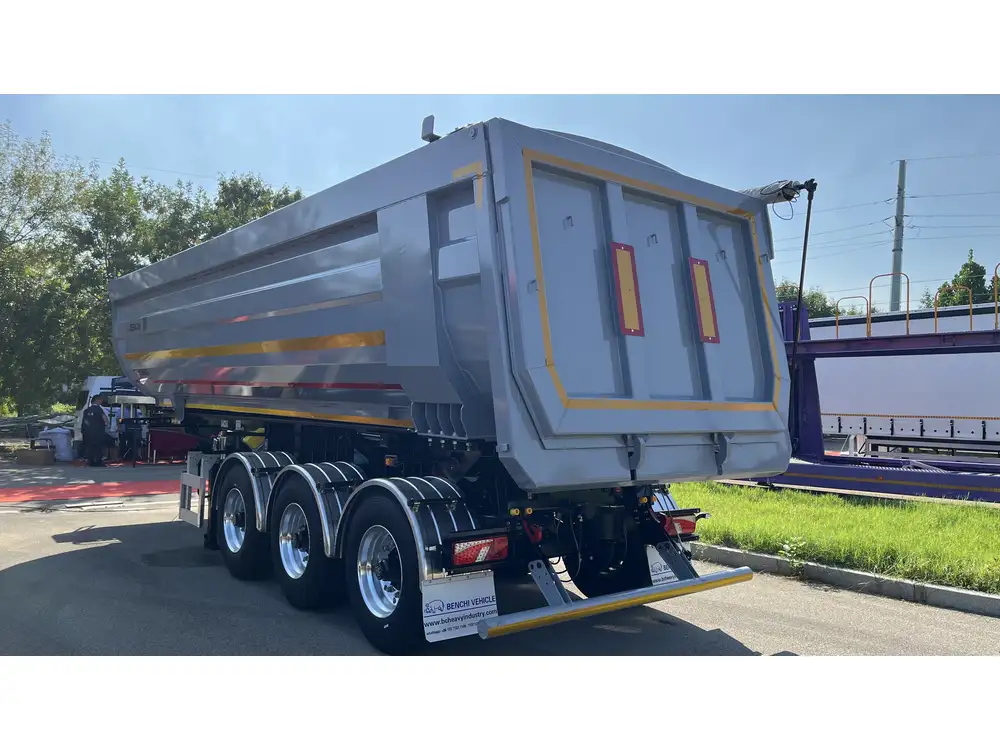
3. Factors Influencing Truck Trailer Height
A variety of factors influence the overall height of a truck trailer. Understanding these elements can help in selecting the most suitable trailer for your needs.
3.1 Load Types and Requirements
Different cargo types require specific trailer designs, which can affect the height:
- Standard goods: Generally fit in standard trailers (13.5 – 14.5 feet).
- Oversized equipment: Often necessitate step deck trailers, leading to a lower center of gravity.
3.2 Regulatory Compliance
Compliance with height regulations is dictated by the nature of your operations. For example, transporting goods across state lines requires a thorough understanding of the maximum allowable heights in each state.
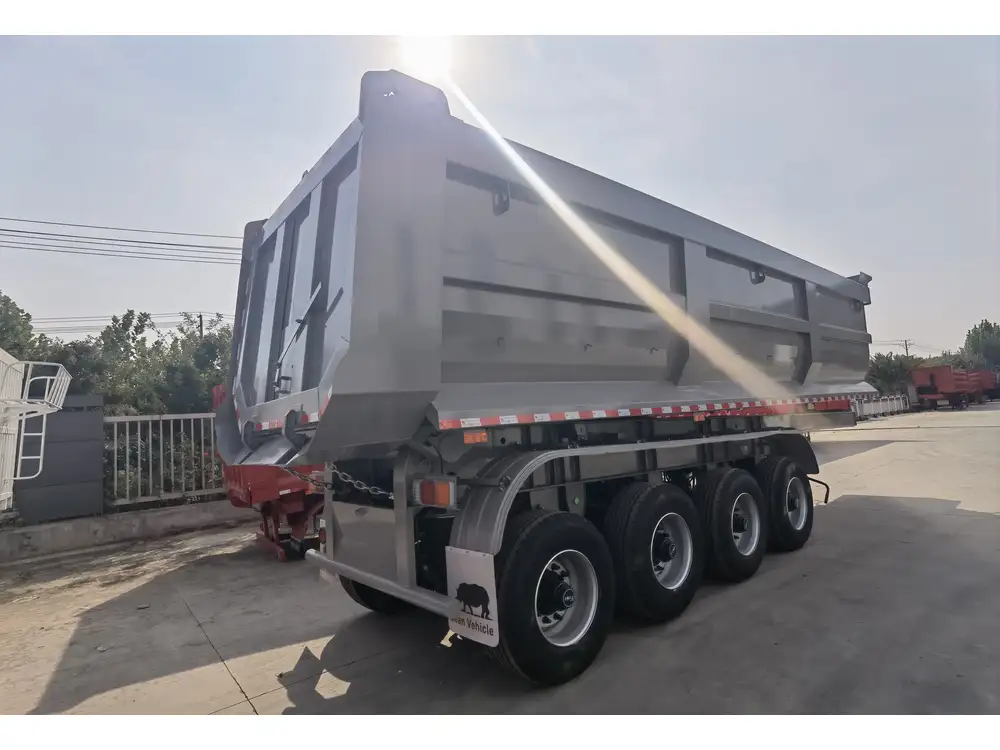
3.3 Aerodynamic Efficiency
Interestingly, the height of the trailer can also impact fuel efficiency. Lower trailers might offer better aerodynamics, reducing wind resistance and leading to cost savings.
3.4 Weight Considerations
The height must be balanced with weight considerations, particularly for payloads. Heavier loads might require a lower trailer to maintain stability.
4. Measuring Truck Trailer Heights
Correct measurement of truck trailer heights is critical for ensuring compliance and safety. Many manufacturers follow these steps:
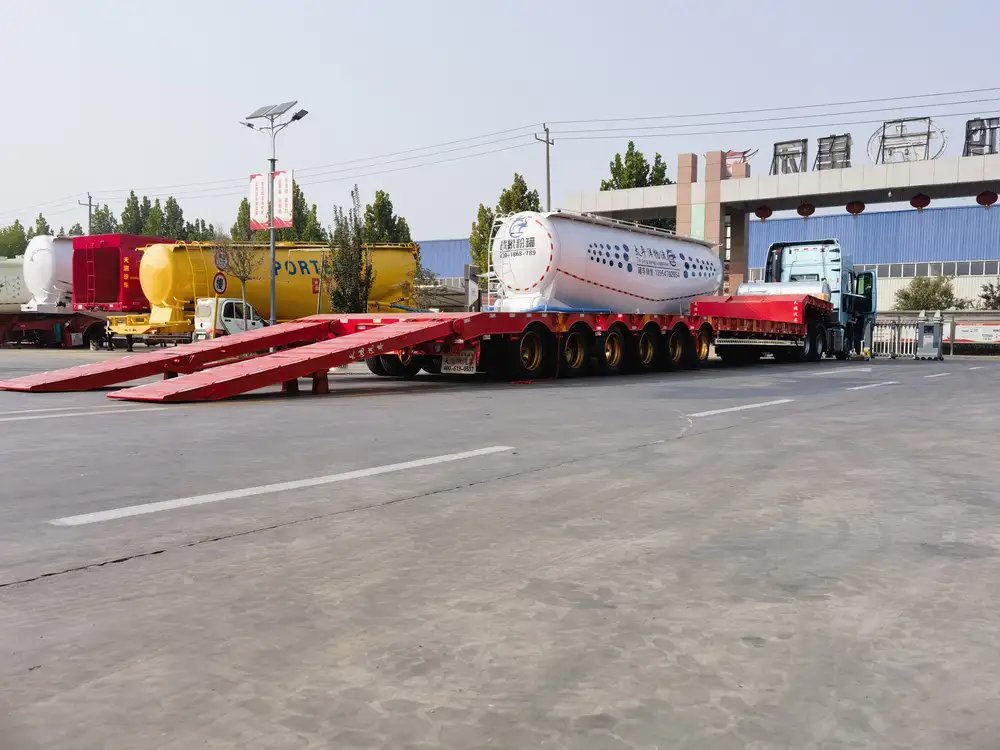
4.1 Use Proper Measuring Tools
To measure the height of a truck trailer accurately, use a measuring tape or a laser measuring device. Make sure to start from a flat surface to avoid discrepancies.
4.2 Measuring Techniques
Measure from the Ground: Start at the highest point of the trailer to ensure you capture the true maximum height.
Account for Load Heights: If your trailer will carry different loads, measure with the highest load included to factor in a safety margin.
4.3 Importance of Regular Checks
Due to potential modifications and maintenance that can alter trailer height, regular checks are encouraged to ensure compliance.
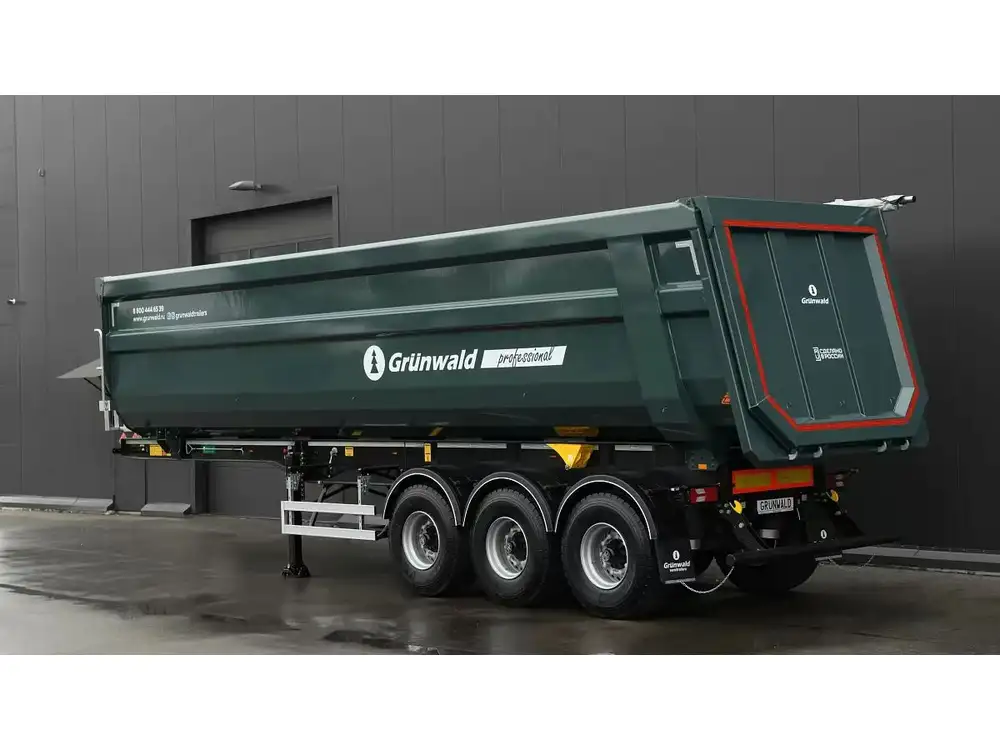
5. Impact of Height on Transportation Efficiency
The height of a truck trailer can have profound implications for logistics and transportation efficiency. Let’s break this down:
5.1 Loading and Unloading Efficiency
Height directly influences the ease of loading and unloading. For example, a trailer that is too tall may require special equipment for loading, adding time and cost to the process.
5.2 Route Planning Challenges
Height limitations can pose serious challenges for route planning. Trucking companies must evaluate transportation routes to avoid low bridges and overpasses that can restrict taller vehicles.
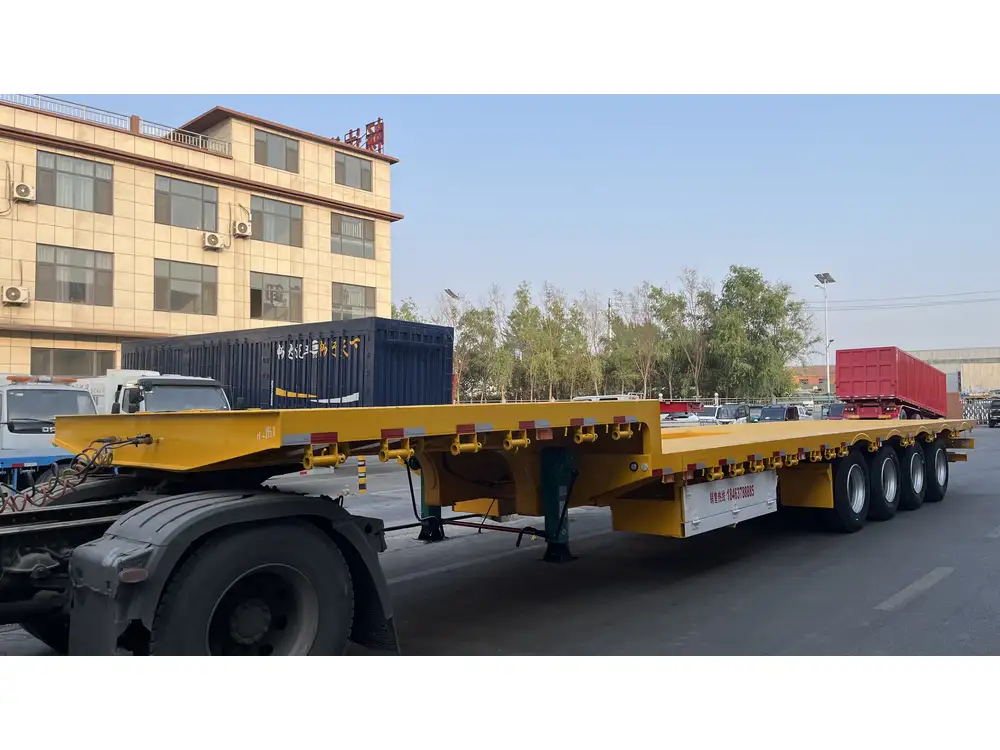
5.3 Cost Implications
Comparative analysis of different trailer heights suggests that tall vehicles can incur additional costs tied to permits and fines for height violations during travel.
6. Innovations in Trailer Design
The trucking industry is always evolving, leading to new trends that affect trailer design:
6.1 Adjustable Height Trailers
Some modern trailers are designed with adjustable height features. These innovative designs allow operators to lower trailers when loading and raise them for transport.
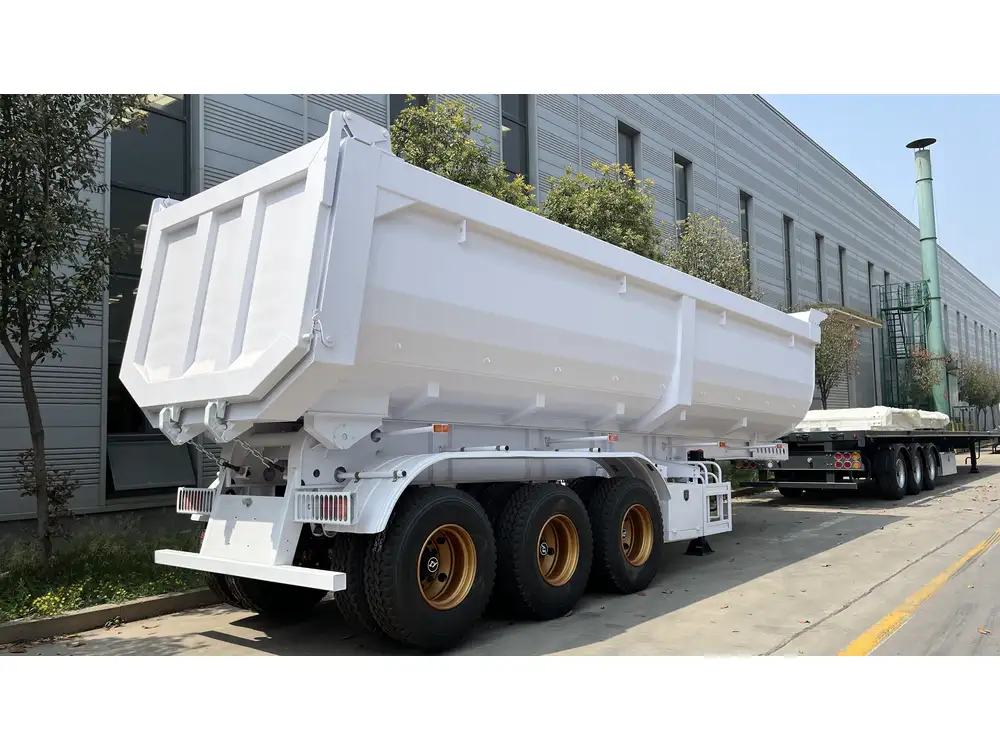
6.2 Low-Profile Trailers
Low-profile designs have been developed for specialized hauling, designed for improved aerodynamics and stability while compromising on maximum capacity.
6.3 Enhanced Safety Features
The integration of technology into trailer design has improved safety features, including height sensors that alert drivers if they are approaching height limits.
7. Conclusion
Understanding the heights of truck trailers is essential in the transportation industry. From legal considerations to the impact on efficiency and costs, every aspect of trailer height plays a crucial role in the logistics chain. Whether you are a fleet manager, a logistics coordinator, or a manufacturer, knowing how to measure, adjust, and optimize truck trailer heights will empower you to make better decisions for your operations.
We hope this comprehensive guide has equipped you with valuable insights that will not only enhance your understanding but also enable you to optimize your transportation strategies. As we continue to innovate and adapt, it’s essential to stay informed and proactive in navigating the regulatory landscape while maximizing efficiency.



